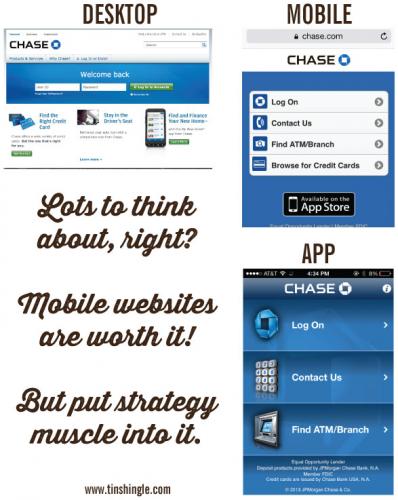Learning from John Travolta's Mistakes: The Importance of Getting Names Right in Business (& Life)
 Submitted by Sabina Hitchen on | 0 Comments
Submitted by Sabina Hitchen on | 0 Comments
 Less than 24 hours after John Travolta completely mispronounced Idina Menzel's name during the live, Oscar telecast (right before this celebrated Broadway and television star took to the stage to sing an Oscar-nominated song from one of the year's biggest animated movies...sort of important John...) the web was filled with articles about his mistakes "heard and seen around the world", and memes as well. Here's my current favorite, the "Adele Dazeem Name Generator" which will let you "Travoltify" your name. Sure, his mistake is and will be the source of jokes and articles for the next week or so, as the media pounds the last remaining stories out of this long Awards Season's final days, but it should also serve as a business lesson to anyone who emails, chats on the phone with, writes about or even meets face-to-face with colleagues, the media or other people important to your business. In other words, it should be important to all of you.
Less than 24 hours after John Travolta completely mispronounced Idina Menzel's name during the live, Oscar telecast (right before this celebrated Broadway and television star took to the stage to sing an Oscar-nominated song from one of the year's biggest animated movies...sort of important John...) the web was filled with articles about his mistakes "heard and seen around the world", and memes as well. Here's my current favorite, the "Adele Dazeem Name Generator" which will let you "Travoltify" your name. Sure, his mistake is and will be the source of jokes and articles for the next week or so, as the media pounds the last remaining stories out of this long Awards Season's final days, but it should also serve as a business lesson to anyone who emails, chats on the phone with, writes about or even meets face-to-face with colleagues, the media or other people important to your business. In other words, it should be important to all of you.
As someone whose name has been mispronounced in various ways since I was old enough to catch the mistakes (I'm usually just called Sabrina, but you'd be surprised other versions that have come up in the past), I know how frustrating it can be when people continuously misspell your name or fail to "get" how to say it. I also understand it's not always easy. My pre-marriage last name was Ptacin. Try that one on for size if you've never neard it before. I get it, it can be hard. So can Idina Menzel's. I guess. But here's the straight up truth: if you want to work with someone in any professional capacity it is your job to learn their name, practice saying it, understand how they prefer it to be said and commit that to memory. Write it down in your notes near their contact (I do!). There are no excuses. When you do not do this you're saying to someone through your oversight, "I don't care enough about you to spell your name right." Or, "I'm rushing with this email and clearly didn't slow down to confirm your name." Or, "I don't even know enough about you to have figured out how to spell your name, but I'm still going to ask you to go out of your way to email me back." If you really, truly can't figure it out on your own, ask them once and never mess it up again. Even if you have to write it down phonetically for the future.
If you're blogging about a celebrity, get their name right (spelling matters). If you're emailing a member of the media, a colleague or someone who could influence your business, double check you're spelling their name correctly. If you know you're supposed to introduce someone on live television before millions of people, run through that name until you say it correctly in your sleep.
Pop Quiz: Which is the right way to spell this celebrity's name: Rachel Ray or Rachael Ray? It's one of the most-often misspelled names in media outreach and if you can't figure out the right way to spell it you best not be emailing anyone related to this woman's TV show, magazine, website and so forth.
Hopefully you're getting my point. It's all about common courtesy, treating people with respect and remembering that a real person is on the other end of your email or phone call and deserves to be treated with common courtesy and respect, which includes the most basic rules of etiquette like getting their name right. Their NAME people!
So what if you do flub up, because heck, accidents do happen? Don't glaze over it and pretend it didn't happen, hoping they won't notice (it's their name, they are going to notice). Instead follow up with a quick apology for the mistake, and move on.
The next email you send most likely won't be seen by millions of viewers, but the one viewer who does receive it matters enough. Start making "name checks" a habit now, so it won't become an issue for you or your business in the future. And Travoltify your name for some fun in the meantime!






 Member
Member 












